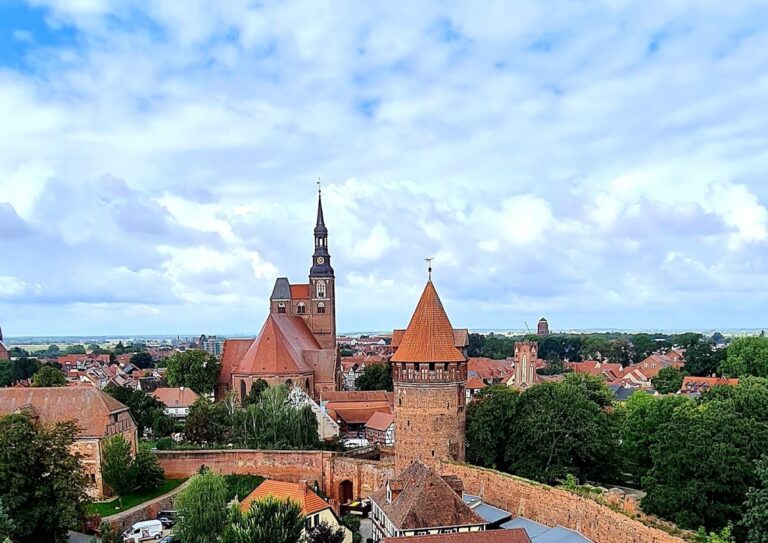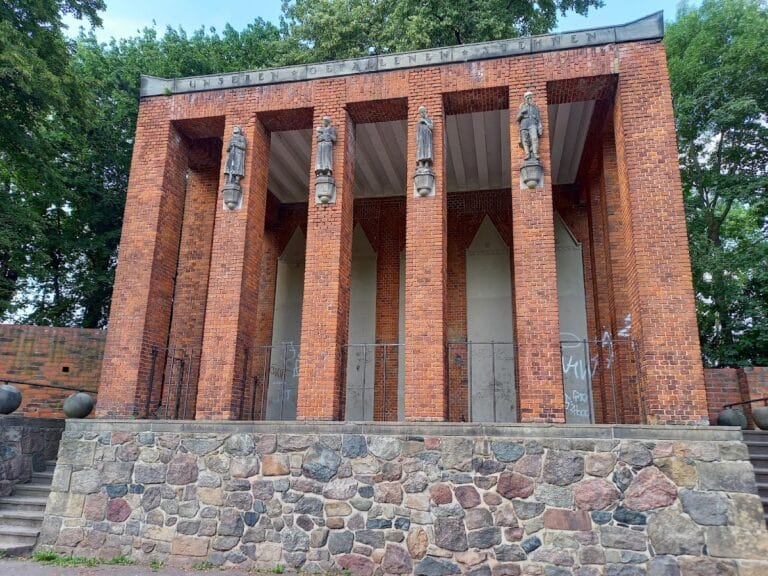Plattenburg Castle: A Historic Water Castle in Brandenburg, Germany
Visitor Information
Google Rating: 4.4
Popularity: Low
Google Maps: View on Google Maps
Official Website: www.burg-plattenburg.de
Country: Germany
Civilization: Medieval European
Remains: Military
History
Plattenburg Castle is located in the Prignitz district of northwestern Brandenburg, Germany. It is the oldest surviving water castle in northern Germany, with origins likely dating back to before 1200. The castle first appears in written records in 1319, when Bishop Reiner of Havelberg acquired it from Margrave Waldemar of Brandenburg. From this time, the castle became closely linked to the bishops of Havelberg, serving as their summer residence.
The castle remained under ecclesiastical control until 1548, when it was incorporated as the seventh district of Prignitz. After the death of the last bishop, Busso II von Alvensleben, Elector Joachim II of Brandenburg, who had adopted Lutheranism, appointed his son Frederick IV as bishop in 1551. In 1552, the castle gained notoriety when preacher Joachim Ellefeld was imprisoned there for burning the holy blood hosts of Wilsnack, a significant religious event of the time.
In 1560, the castle was pledged to chamberlain Matthias von Saldern and granted as a hereditary fief, beginning the Saldern family’s long tenure. Around 1600, Burchard von Saldern expanded the upper castle in the Late Renaissance style. During the Thirty Years’ War, King Gustavus Adolphus of Sweden issued a protection letter for the estate in 1631, although the castle later faced a siege by Swedish troops in 1675.
In 1724, architect Johann Jakob Müller from Brunswick added a timber-framed wing, giving the castle a Baroque appearance. Between 1861 and 1865, Adolf Friedrich von Saldern led historicizing renovations, including redesigning the knights’ hall, renewing the residential wing, and constructing a new tower. This tower was heightened in 1883 after a fire damaged the original 19th-century structure designed by Friedrich August Stüler.
Sieghard von Saldern managed the estate from 1925 until 1945. During World War II, the castle housed French prisoners of war in the chapel wing and served partly as a military hospital. After the war, the castle was expropriated, and refugee families lived there until 1960. From 1969 to 1991, the upper castle was converted into a holiday camp for the East German Deutsche Reichsbahn. Restoration efforts began in 1991 and have continued into the 21st century.
In 1995, a memorial stone was placed outside the castle to honor victims of forced displacement after World War II. Since the early 2000s, the castle has included museum rooms, a municipal wedding venue, and overnight accommodations. It also serves as a key stop on the pilgrimage route from Berlin to the Church of the Holy Sacrament in Bad Wilsnack.
Remains
Plattenburg Castle is a water castle surrounded by a moat and partially enclosed by a second defensive ditch. The complex includes an upper castle (Oberburg), a courtyard, a lower castle (Unterburg), a former chapel, and an outer bailey (Vorburg) formed from former economic buildings. Several gardens lie between the buildings, including a herb garden, a forest garden, and a flower garden.
The upper castle features notable Late Renaissance craftsmanship, especially in the knights’ hall and the bishop’s wing. These areas contain a finely crafted door, a sandstone staircase, and a fireplace, all reflecting the period’s artistic style. The timber-framed wing added in 1724 by Johann Jakob Müller gives the palas a Baroque appearance, with symmetrical pavilions and a sandstone terrace decorated with putti on the south side.
The Knappenhaus, a three-story brick building in the lower castle, was built in the 16th century along the defensive wall. Originally housing military personnel, it later served administrative functions. The interior was extensively remodeled in 1878. Since 1993, the building has been vacant and now provides a habitat for bats and birds.
The castle’s tower, rebuilt and heightened in 1883 after a fire, stands taller than the original 19th-century tower designed by Friedrich August Stüler during the 1861–1865 renovations. Restoration efforts since 1991 have significantly improved the castle’s condition, reversing decay and preventing further loss, especially in the outer bailey buildings.







